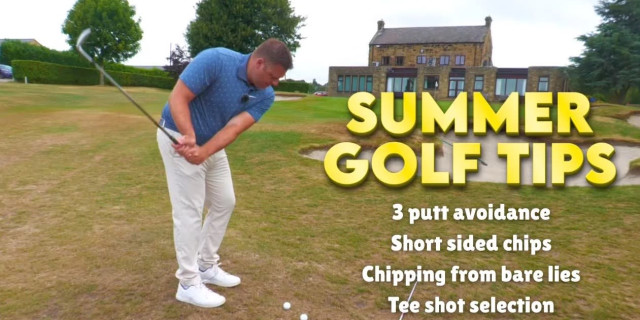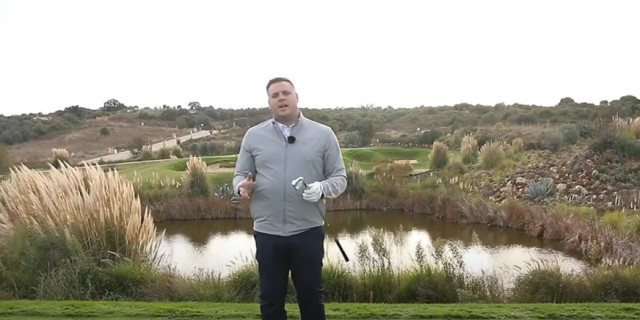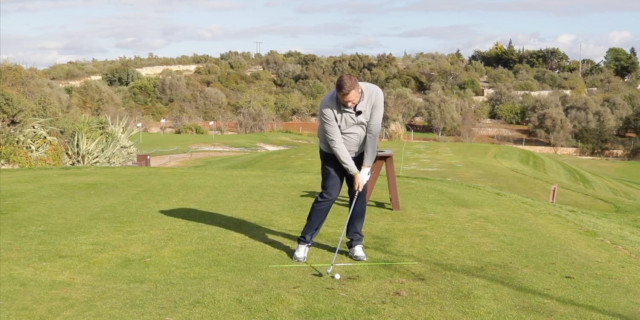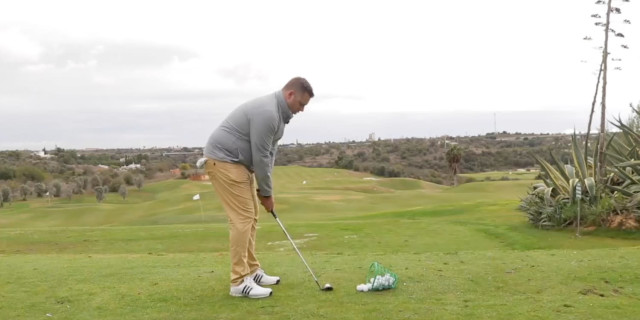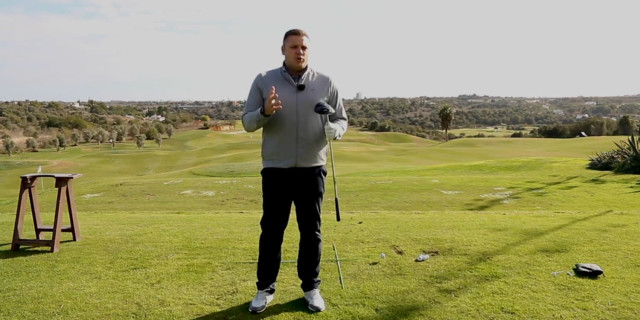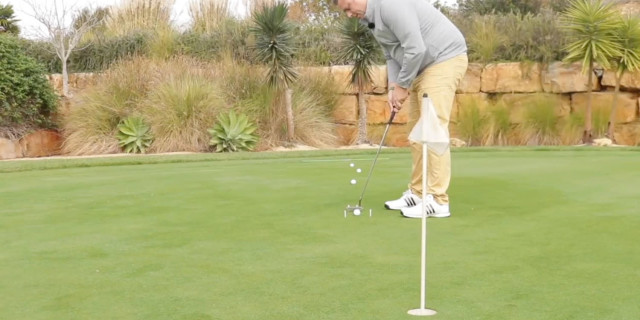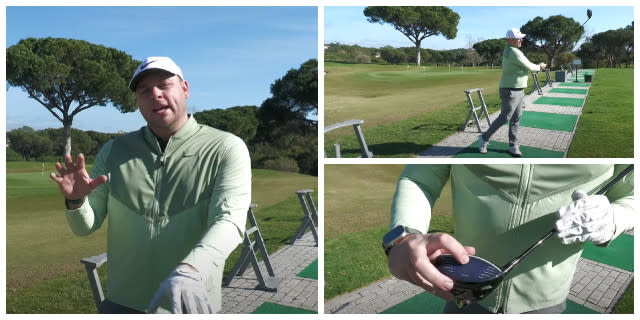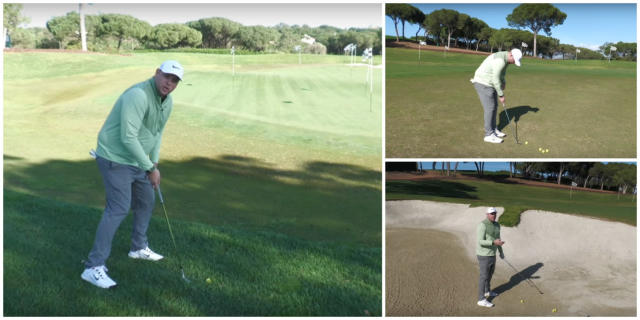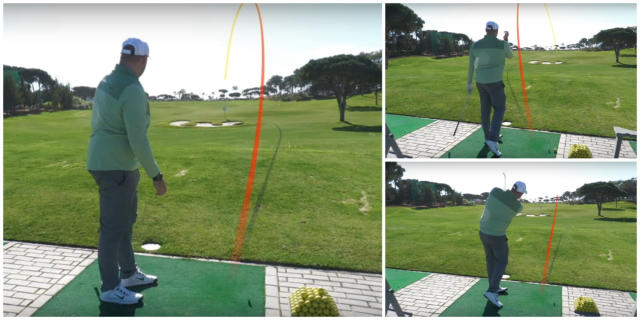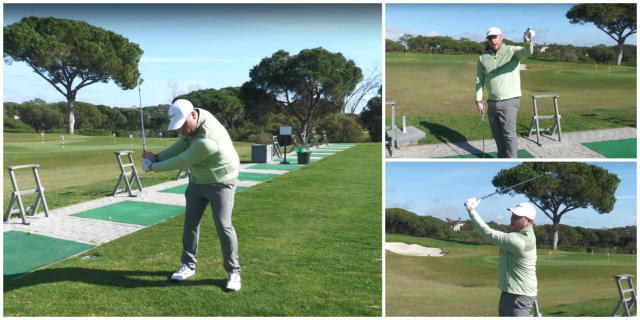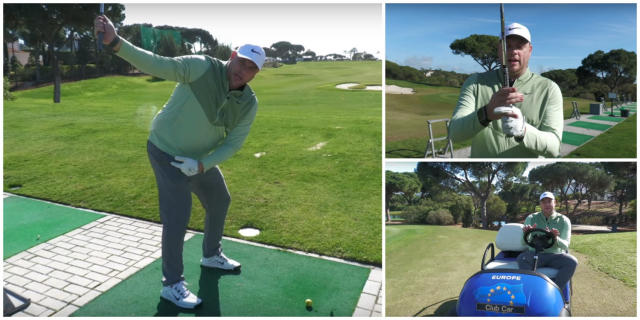Different Lies - Practice, Challenge, Creativity
 Look at all the shots that a golfer may require around the green and it is easy to be overwhelmed.
Look at all the shots that a golfer may require around the green and it is easy to be overwhelmed.
The ground is very seldom entirely flat, the lie of the ball changes dramatically, the landing point on the green affects the shot outcome, plus MANY other variables and it would require one HUGE book to highlight how to play all of these subtle variations. Fortunately, as humans, we have an innate ability to adapt to situational differences, and therefore be able to play these shots without going through a lengthy checklist each time.
Take a recent bunker session I gave. To set the scene, we spent the first part exploring how the club interacts with the sand, the relationship between speed and amount of sand taken for shot type and then got to work and very quickly getting competent at the straight-forward, flat-lie bunker shot onto the green.
With that skill progressing nicely, we then moved on to ‘real world’ where the ball hardly ever lands in the nice, flat part of the bunker.
We tried uphill, downhill and sidehill lies and my only instruction was that there had to be sufficient practice swings to result in at least 2 shots in a row when the right amount of sand was hit, despite the varying slopes. For the ‘ball below feet’ lie, the golfer came up with 2 separate solutions to try to hit the ground in the right place. Neither were quite as unorthodox as the picture of Tiger below.
- #bend excessively from the hips until the spine was almost parallel to the floor and from there the ground can be reached and contact (occasionally) made
- as with the giraffe, widen the stance which allows the Centre of Gravity to be lowered. This way there is still contact with the ground, but without the balance issues associated with option #1
As a coach, my job was to facilitate this quick discovery, before explaining and agreeing why #2 was the better idea.
The player achieved very good results, in all kinds of difficult lies, in a very short time.
I am not saying that going on your golfing discovery alone is the best way (a great coach can HUGELY speed up your learning process and make it a lot more fun). However, I would challenge you to become creative and inquisitive in your practice sessions, and even within your lessons, to help you get the most out of your game. Don’t discard your natural human ability to problem solve.
Good luck and enjoy the journey.
Related Content:
Andy Griffiths is a UKPGA member, graduated from the University of Birmingham with the AGMS (Applied Golf Management Studies) degree and holds coaching certifications with the PGA, TGA, TPI Levels 1 & 2.
To find out more about Andy follow him on Twitter @andygriffiths1 , visit his website at www.andygriffithsgolf.com or via Facebook facebook.com/andygriffithsgolf
Related Video
Andy Griffiths
Andy is a UKPGA member & graduate of the AGMS degree at the University of Birmingham. He's coached in more than 30 countries and travelled and worked with many of the best in the business. His no. 1 desire is to help golfers reach their dreams, and to enjoy the process!
Latest Articles- Learning from The Wolf of Wall Street
- Change Takes Time
- Different Lies - Practice, Challenge, Creativity

